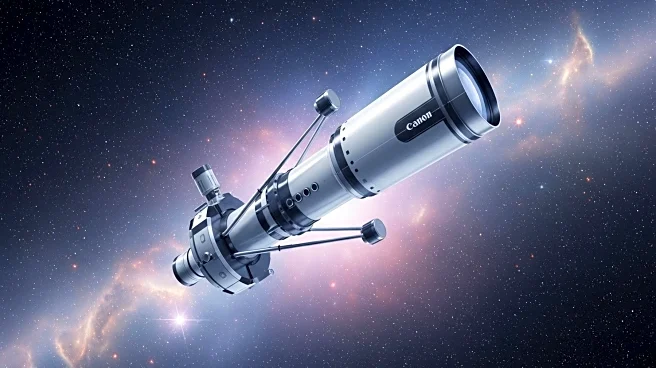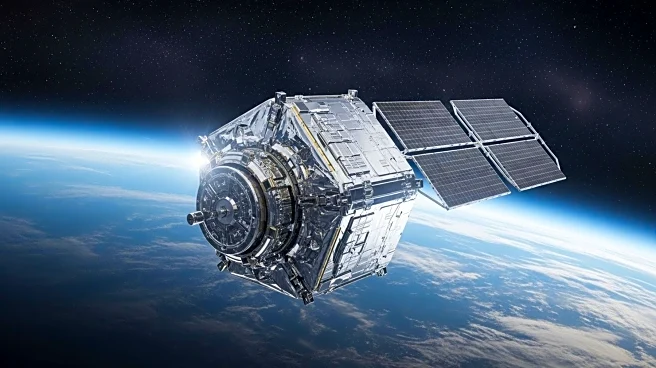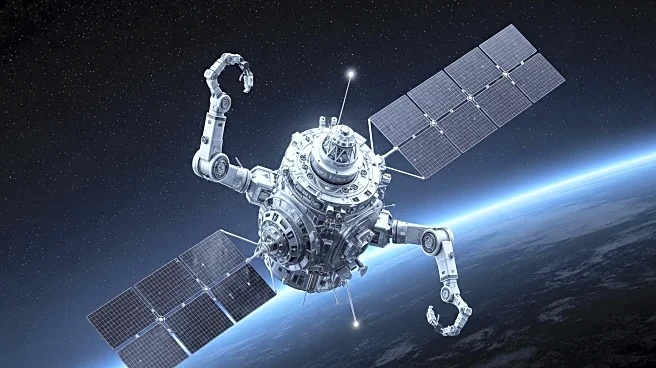What's Happening?
Recent findings from China's Chang'e 6 lunar rover have revealed that the Moon's far side mantle is significantly cooler than the near side. This discovery challenges existing models of lunar formation and evolution, suggesting a thermal imbalance beneath the Moon's surface. The research team analyzed samples from the far side, finding evidence of a temperature difference that could impact our understanding of lunar magma dynamics and volcanic history.
Why It's Important?
The thermal asymmetry between the Moon's hemispheres has implications for lunar science, affecting interpretations of volcanic activity and magma flows. It may also influence future exploration missions, as understanding the Moon's thermal history is crucial for assessing potential heat reservoirs. This discovery prompts a reevaluation of lunar formation models, potentially leading to new insights into the Moon's early history and its geological processes.
What's Next?
Further research is needed to explore the current temperature differences between the Moon's hemispheres and their impact on lunar geology. As more samples from the far side become available, scientists will be able to test whether the temperature contrast is localized or a global phenomenon. The findings may lead to refinements in lunar formation models and influence future exploration strategies.
Beyond the Headlines
The discovery of thermal asymmetry on the Moon highlights the complexity of planetary formation and evolution. It raises questions about the distribution of heat-producing elements and their role in shaping the Moon's geological features. This research contributes to a broader understanding of planetary science, offering insights into the processes that govern celestial bodies.











